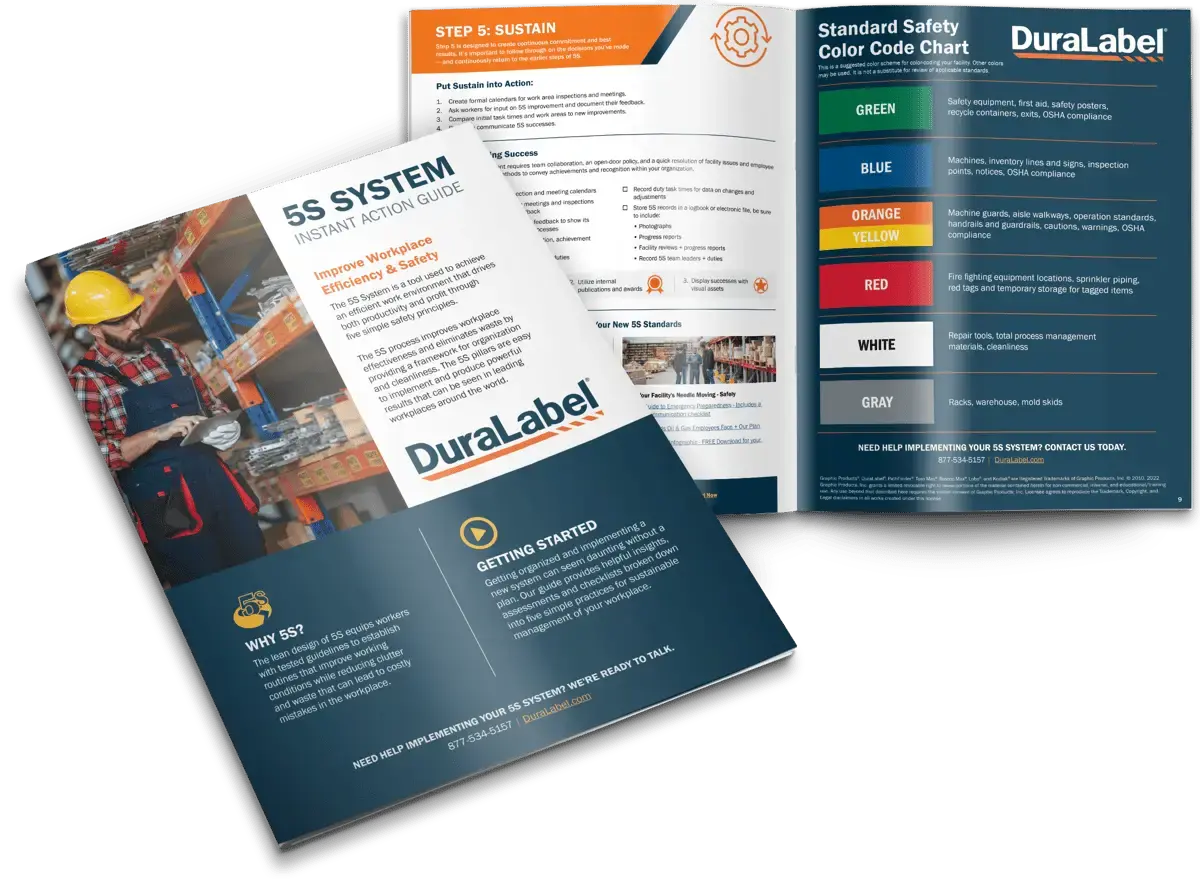What Is ISO 9001

The International Organization for Standardization (ISO) is the world's largest developer and publisher of international standards for private business. ISO 9001 is a set of volunteer standards the ISO developed to help businesses achieve globally accepted quality management practices. These standards are published as a book known as ISO 9001:2008 Quality management systems - Requirements.
Achieving ISO 9001 compliance helps businesses deliver improved quality, curtail waste, increase productivity and reduce customer complaints. These standards are written for businesses of all sizes and types so each must meet the same requirements to achieve compliance.
Once a business feels they are meeting or exceeding all of the standards required by ISO 9001, they invite a third party to conduct an audit. If the third party finds all standards are indeed being met, the business is recognized as ISO 9001 compliant. For most businesses, following ISO 9001 principles may open the door to new opportunities.
ISO 9001 has benefits beyond improving just quality. For example, ISO 9001 improves safety through hazardous elimination practices, audits and the institution of a formal corrective process. A 2010 Harvard Business School study by Levine and Toffel reveals that "ISO adopters had far lower organizational death rates than matched firms within their industries." The study also notes ISO adopters, "? were more likely to report no injuries for workers' compensation in the years following adoption."
What Are The ISO 9001 Principles?
ISO 9001 includes eight general principles:
- Customer focus
- Leadership
- Involvement of people
- Process approach
- System approach to management
- Continual improvement
- Factual approach to decision making
- Mutually beneficial supplier relationships
1: Customer Focus
Organizations depend on their customers. Therefore, they should understand current and future customer needs and meet customer requirements while striving to exceed customer expectations.
Key benefits:
- Increased revenue and market share through flexible and fast responses to market opportunities
- Increased effectiveness with organization's resources to enhance customer satisfaction
- Improved customer loyalty leading to repeat business
2: Leadership
Leaders establish unity of purpose and direction of the organization. They should create and maintain the internal environment in which people can become fully involved in achieving the organization's objectives.
Key benefits:
- People understand and are motivated to work towards the organization's goals and objectives
- Activities are evaluated, aligned and implemented in a unified way
- Miscommunication between levels of an organization are minimized
3: Involvement of People
People at all levels are the essence of an organization and their full involvement enables their abilities to be used for the organization's benefit.
Key benefits:
- Motivated, committed and involved people within the organization
- Innovation and creativity in furthering the organization's objectives
- People being accountable for their own performance
- People eager to participate in and contribute to continual improvement
4: Process Approach
A desired result is achieved more efficiently when activities and related resources are managed as a process.
Key benefits:
- Lower costs
- Improved/consistent/predictable results
- Focused and prioritized improvement opportunities
5: System Approach to Management
Identifying, understanding and managing interrelated processes as a system contributes to the organization's effectiveness and efficiency in achieving its objectives.
Key benefits:
- Integrating and aligning processes that best achieve desired results
- Ability to focus effort on key processes
- Provide confidence to interested parties through consistency, effectiveness and efficiency
6: Continual Improvement
Continual improvement of the organization's overall performance should be a permanent objective of the organization.
Key benefits:
- Performance advantage through improved organizational capabilities
- Alignment of improvement activities at all levels to an organization's strategic intent.
- Flexibility to react quickly to opportunities
7: Factual Approach to Decision Making
Effective decisions are based on the analysis of data and information.
Key benefits:
- Informed decisions
- An increased ability to demonstrate the effectiveness of past decisions through reference to factual records
- Increased ability to review, challenge and change opinions and decisions
8: Mutually Beneficial Supplier Relationships
An organization and its suppliers are interdependent and a mutually beneficial relationship enhances the ability of both to create value.
Key benefits:
- Increased ability to create value for both parties
- Flexibility and speed of joint responses to changing market or customer needs and expectations
- Optimization of costs and resources
Supporting ISO 9001 with Labels and Signs
Effective communication in a facility starts with quality labels and signs. Good visual communication plays an essential role in achieving ISO 9001 compliance. Change can be difficult. Labels and signs are used to supply needed information to ensure changes are understood, old habits are broken and new procedures are followed.
Related Resources

Six Sigma Principles: Exploring Six Sigma, Lean, and The 5S System
What is Six Sigma? Six Sigma is a systematic approach to eliminating errors that harmonizes with 5S and 5S ...
Read
Optimizing Fault Tree Analysis with Industrial Label Printers
In this day and age, businesses the world over are placing a premium on dependability. With so many ...
Read
Kaikaku: Driving Radical Change in Lean Systems
What Is Kaikaku and How Does It Support Lean Transformation? Kaikaku is the Japanese word for "radical ...
Read.png)





